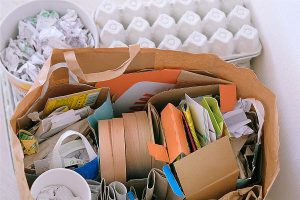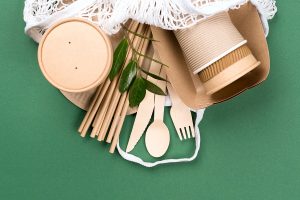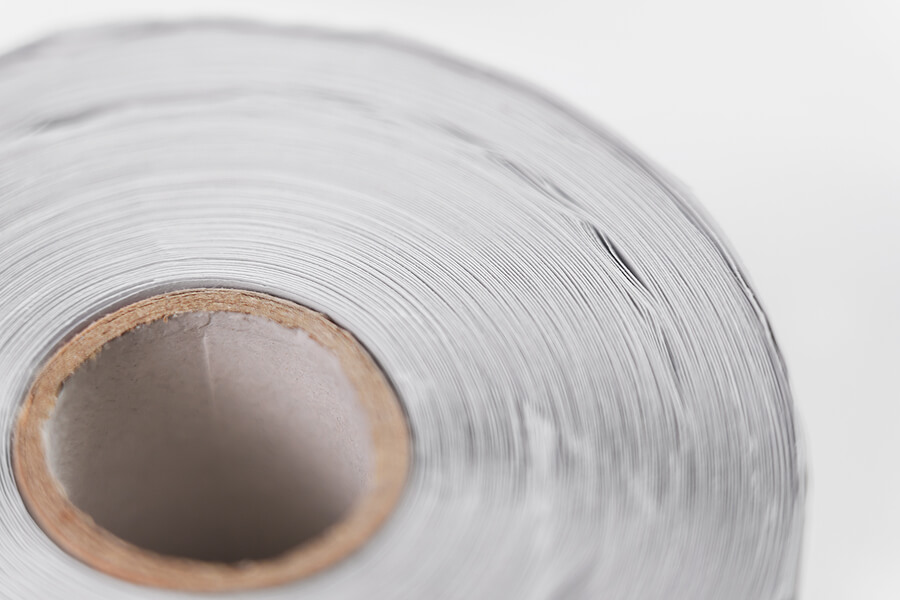Paper is one of the most used and recycled materials, excellent for various uses.
Many businesses use recycled paper for packaging products or creating new items, including toilet paper, greeting cards, wallpaper, and more. You may be surprised to learn the many ways your discarded paper items are transformed into new products.
Explore the everyday benefits of paper recycling and discover why recycling paper is environmentally and economically beneficial.
How is paper recycled?
Paper and card collected from homes and businesses are recycled using a detailed and fascinating process.
1. Sorting
When it reaches the paper mill, the first stage your used paper goes through is sorting.
Items are categorised and divided depending on the type, e.g., glossy paper, standard printer paper, newspaper, etc. Each paper type is treated differently, so it must be separated for efficient recycling.
2. Shredding and pulping
After the paper has been sorted and cleared of contaminants, the shredding and pulping process begins.
The paper is shredded into small pieces before water, and other chemicals are added to separate the fibres further.
The result is a mushy pulp, the raw material used to make recycled paper into new products. The pulp goes through a quick cleaning process to remove any non-paper items, such as paper clips and staples, before continuing to the next stage.
3. De-inking
De-inking involves washing the pulp to remove printing ink, glue residues, and other adhesives.
Some larger and stickier particles may require a deeper clean, called the floatation process. The pulp is goes into a floatation vat where air and surfactants are added. The ink and other items attach themselves to the air particles and float to the surface, where they are removed.
4. Bleaching
Depending on the final product, the pulp goes through a bleaching or dying process to turn the paper into the desired colour. To make white paper, add hydrogen peroxide, oxygen or chlorine dioxide. However, if making cardboard, the pulp isn’t bleached.
5. Rolling and drying
The final stage in the paper recycling process is the rolling and drying stage.
Pulp is passed through large rollers to squeeze out any excess moisture before passing through heated rollers and wound into a giant roll.
These rolls, which can be as wide as 30 feet and weigh as much as 20 tons, are then sent to various manufacturers for use in their recycled paper products.
Environmental benefits of recycling paper

There are many environmental benefits of recycling paper at home or at work. With the average UK family throwing away around six trees worth of paper annually, ensuring these products are correctly recycled is crucial to help preserve natural resources.
Most paper and cardboard is recyclable, and reusing paper diverts waste from landfill and prevents harmful greenhouse gases from entering our atmosphere. Compared to incineration, recycling paper reduces CO2 emissions by around 20%.
A considerable advantage of recycling paper is that it uses less energy than making new products. For every tonne of recycled paper, around 17 trees, 7,000 gallons of water, 380 gallons of oil, 3.3 cubic yards of landfill space, and 4,000 kilowatts of energy are saved.
Paper can also be recycled more than once — usually up to seven times — meaning we can continue protecting the world’s finite resources by continuously reusing paper.
Economic benefits of recycling paper
Alongside reducing CO2 emissions, saving water and energy, and preserving landfill space, recycling paper also has several economic benefits.
A thriving paper recycling industry provides numerous local jobs where workers learn how to sort and separate paper waste.
Recycling paper ensures paper demands of a modern business are easily met while minimising their eco-footprint. Green credentials benefit a company by minimising environmental fines or taxes and boosting its reputation among customers, leading to increased sales and higher profit margins.
The paper recycling industry has already inspired advances in technology and manufacturing and will only continue to do so. These developments also create job opportunities, as scientists and engineers work together to progress the field.
Some items are manufactured from a mixture of virgin fibres to strengthen the recycled paper. In most cases, companies will use wood sourced from FSC-certified forests, which provides vital work in vulnerable communities and boosts the local economy.
Finally, paper recycling is part of the circular economy, which involves reusing materials for as long as possible. Studies show that switching entirely to a circular economy could offer a $4.5 trillion economic opportunity by minimising waste, promoting innovation and generating employment.
Which products use recycled paper?

It’s easy to switch to recycled paper products in your home, work, or school. Support the paper recycling industry and enjoy the many benefits of using recycled paper with these items:
- Cardboard
- Brown parcel paper
- Printer and photocopier paper
- Toilet rolls, paper hand towels, and other soft tissue products
Some more unusual recycled paper products include:
- Cat litter
- Water bottles
- Furniture
- Building materials
- Cutlery, plates, and bowls
- Clothes and bags
- Decorative home items, such as vases, sculptures, and lamps
